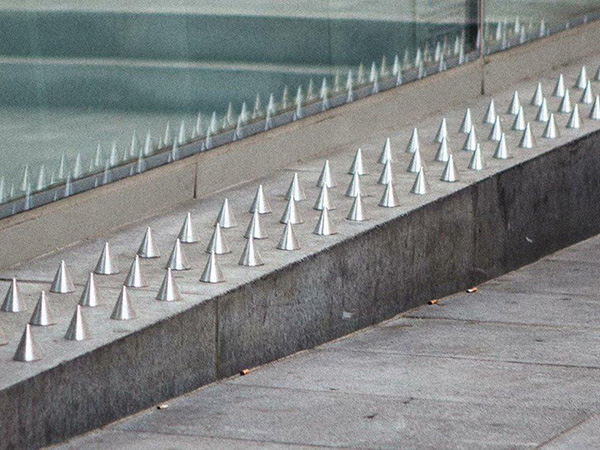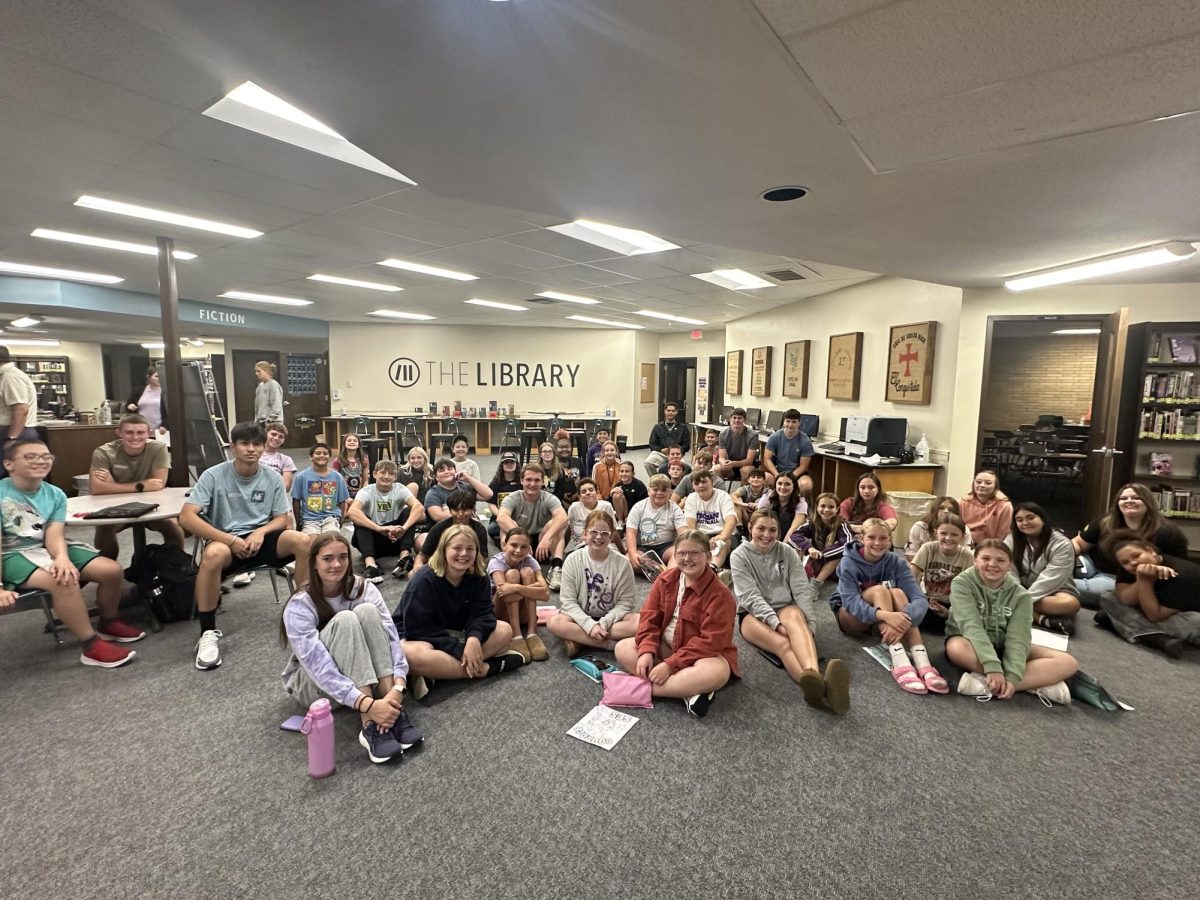The problems with homeless hostility

October 13, 2021
Imagine it’s a cold winter night. You’re restlessly searching the city simply for a place to sleep. You’re cold, hungry, and defeated, and it seems that tonight will be another night of resting on the cold concrete. According to the Department of Housing and Urban Development (HUD), nearly half a million people in the U.S. experienced homelessness, and over 34 million people suffer from poverty that endangers them to homelessness. From New York City to Los Angeles, we have been presented with a serious problem affecting over 10% of our population. This burning issue is the sheer number of impoverished and homeless individuals in America, and as of right now, we are only working to make conditions worse.
The actions taken against homelessness by large cities such as New York City, Boston, and more have not been to diminish homelessness, but to prevent them from sleeping and sheltering themselves in public parks and stations. These cities have been implementing anti-homeless architecture that is made as a “preventative” to the homeless resting in public areas. This type of architecture is not only harmful to the homeless, but to everyone. Access to public seating and rest stops has become greatly reduced to people in need (I.e. pregnant women, disabled people, etc.) with the increase of hostile architecture. This sort of architecture makes subways, stations, and cities as a whole far more inaccessible to a large majority of the public.
Examples of this type of architecture include pay-to-sit benches with retractable spikes, uncomfortable designs that restrict your space, and gaps within awnings and covers. These designs are clearly and specifically designed in order to make sleeping or resting in these areas as uncomfortable as possible. The problem is, this not only prevents accessibility to the homeless, but to quite literally everybody. Having gaps in rain covers or slanted/curved benches entirely ruins the purpose of having them in the first place. The sole purpose of public benches is to allow for a resting place for people, so why are we actively spending larger sums of money simply to make it as uncomfortable and inaccessible as possible?
The answer to this question is simple. These city commissions don’t care. It is a lot easier for them to implement these unappealing designs over actually working to get the homeless off of the streets and into homes. However, there is already a clear solution to help prevent homelessness as a whole, and we continue to ignore it in favor of public spending in already overfunded departments. According to the US Census Bureau, there are an estimated 17 million vacant houses within the nation. Along with this, the Department of HUD states that it would cost roughly $20 billion to end homelessness in America. While this is a very large amount of money, it should be considered that it is only 2.7% of the 2019 annual spending on the U.S. Military alone. Also, the upfront sum of $20 billion is likely to reduce costs overall.
“Ending homelessness is not only an achievable goal (and a moral obligation for many), but it’s also one that would likely save money in the long run. The government spends an average of $35,578 per year for every person who must endure chronic homelessness. Much of this money goes toward publicly funded crisis services, including jails, hospitalizations, and emergency departments.” says digital marketing assistant Sami Adler for globalliving.org.
As Adler says, our nation has been presented with a moral obligation that could change the lives of hundreds of thousands, if not millions of people. Our fellow citizens are in a situation they can’t get themselves out of, and we have a chance to not only lend them a helping hand, but to also prioritize public spending in the most effective way possible. We can no longer continue spending money on ways to ineffectively prevent our homeless from sleeping and camping in public areas. We have shown our true intentions to those in need, but it’s not too late to change.






